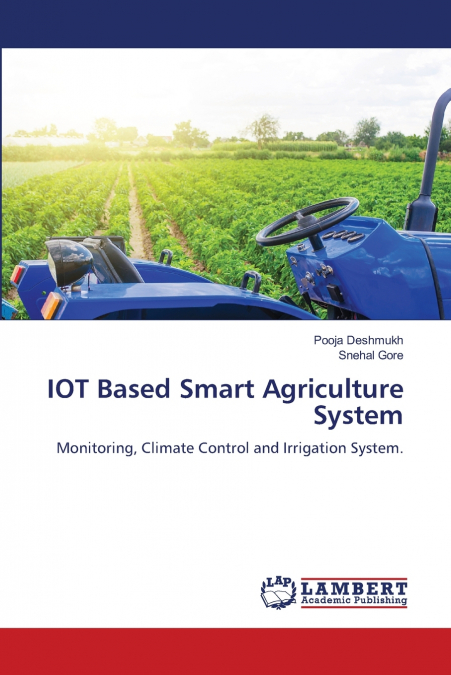
Pooja Deshmukh / Snehal Gore
The UN Food and Agriculture Organization predicts that the world will require 70% more food by 2050 due to population increase, dwindling agricultural lands, and limited natural resources. Therefore, improving farm production is crucial. The scarcity of natural resources, including fresh water and arable land, along with declining yields in key commodities, has exacerbated the issue.The changing worker structure is a major challenge for the farming business. Furthermore, agricultural work in most countries has decreased. With a shrinking agricultural workforce, farmers are implementing internet connectivity options to reduce manual labor. IoT solutions are centered on our goal is to help farmers achieve high yields, profitability, and environmental preservation by closing the supply-demand gap. Precision agriculture refers to the use of IoT technologies to optimize resource allocation, increase crop yields, and lower costs. IoT in agriculture technology includes specialized equipment, wireless networking, software, and IT services. According to a BI Intelligence survey, IoT device penetration in agriculture is expected to reach 75 million by 2020, with an annual growth rate of 20%.